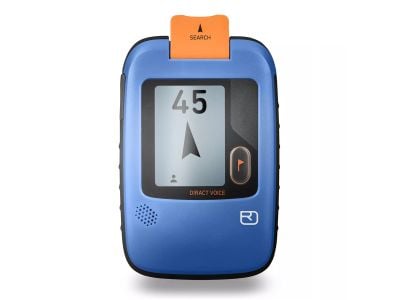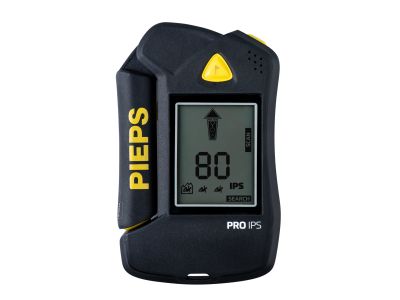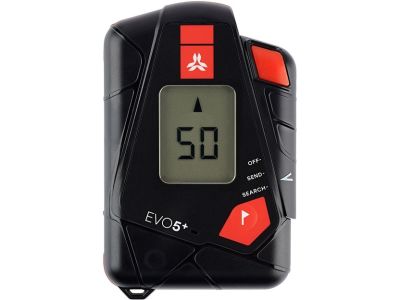We have noted your interest.
Avalanche transceivers
An avalanche beacon, also known as an avalanche transceiver, is a crucial piece of equipment designed to aid in the rapid location and rescue of individuals buried in an avalanche. Here's a detailed description of an avalanche transceiver:
- Purpose: The primary purpose of an avalanche transceiver is to emit and receive radio signals to facilitate the location of avalanche victims.
- Transmission mode: Avalanche transceivers operate in two main modes: transmit and search. In transmit mode, the device continuously emits a signal that can be picked up by other transceivers.
- Search mode: When switched to search mode, the transceiver is used to pick up signals emitted by other transceivers, allowing rescuers to locate buried individuals.
- Frequency: Avalanche transceivers typically operate on a standard frequency of 457 kHz. This frequency is widely accepted and used globally to ensure compatibility among different brands and models.
- Range: The effective search range of avalanche transceivers can vary, but it is generally within a radius of 40 meters (131 feet) or more.
- Multiple antennas: Many modern avalanche transceivers are equipped with multiple antennas, allowing for more efficient signal reception and better accuracy in pinpointing the victim's location.
Most avalanche transceivers include self-check and testing features to allow users to verify the functionality of the device before heading into the back country. Avalanche transceivers are an integral part of the “transceiver, probe, and shovel” trio, forming the foundation of effective avalanche rescue. Proper training and practice using these devices are essential for anyone venturing into avalanche terrain to ensure a quick and efficient response in the event of an emergency.
"Mandatory avalanche equipment - an interview with an avalanche specialist"

Deal of the week -7% Mammut Barryvox avalanche transceiver, black
251 €
-7%
RRP 349 €

Sale -6% ORTOVOX Diract Voice avalanche transciever, blue ocean
327 €
-6%
RRP 363 €









